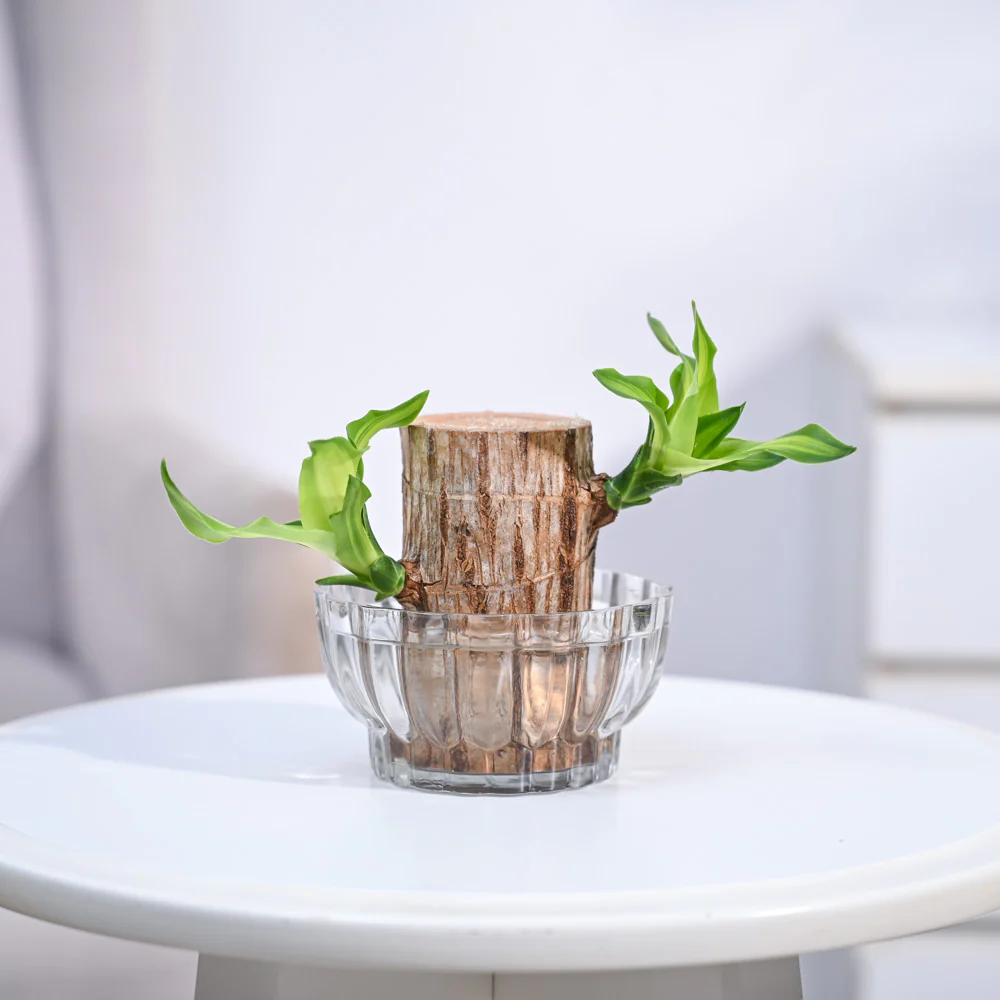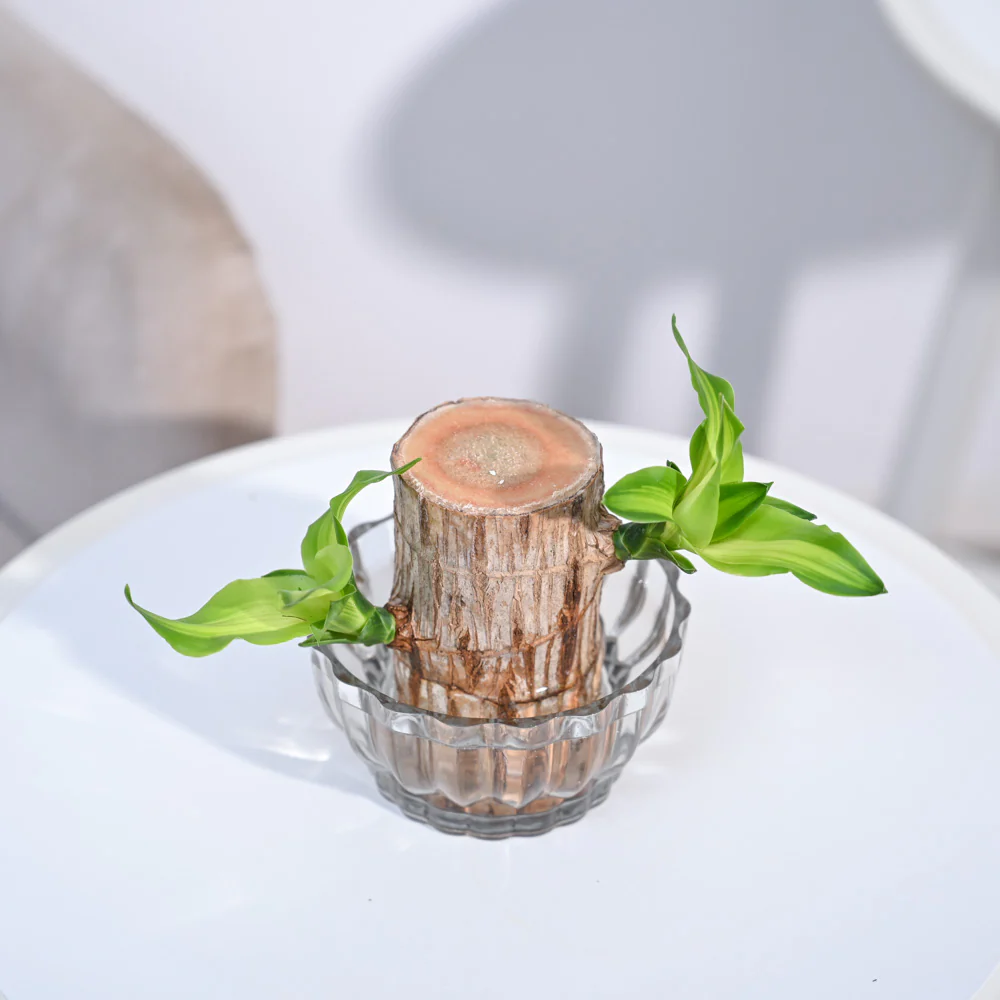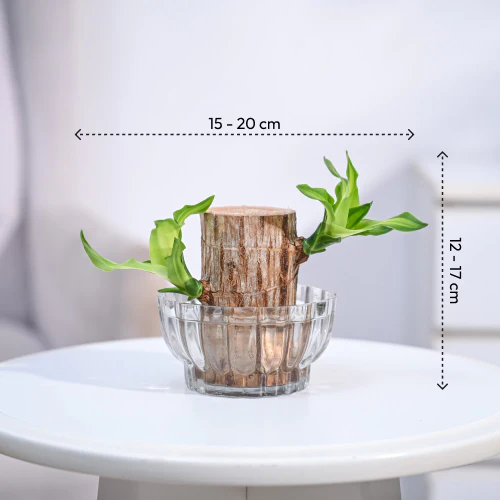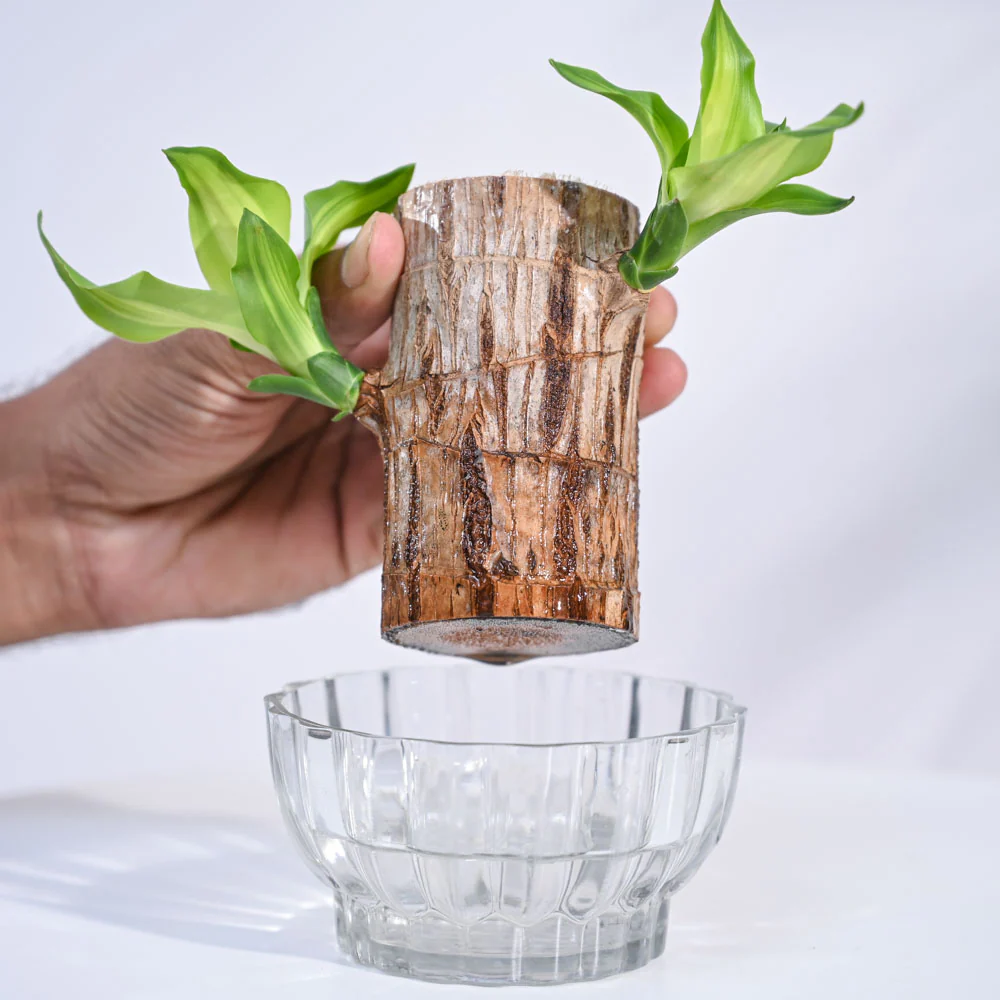The Peace Lily is a popular indoor plant known for its dark green leaves and elegant white flowers. Native to tropical regions, it’s cherished for its beauty, air-purifying qualities, and low-maintenance care.
Looking for a unique addition to your home garden? Then the Dracaena fragrans Brazil Wood plant is just what you need! At first glance, this plant may not specifically stand out.But the more you get to know about it, the more you will gravitate towards it. This stunning Dracaena is just a wooden log at first but as you nurture it, it grows stunning leaves from different nodes that sprout wonderfully. This can then grow in height as well and become the most beautiful plant you’ve seen, giving you a unique and lush display in your home or garden.





Subscribe our newsletter
© Copyright 2024 | PlantUncle By Eaglemedia360.com